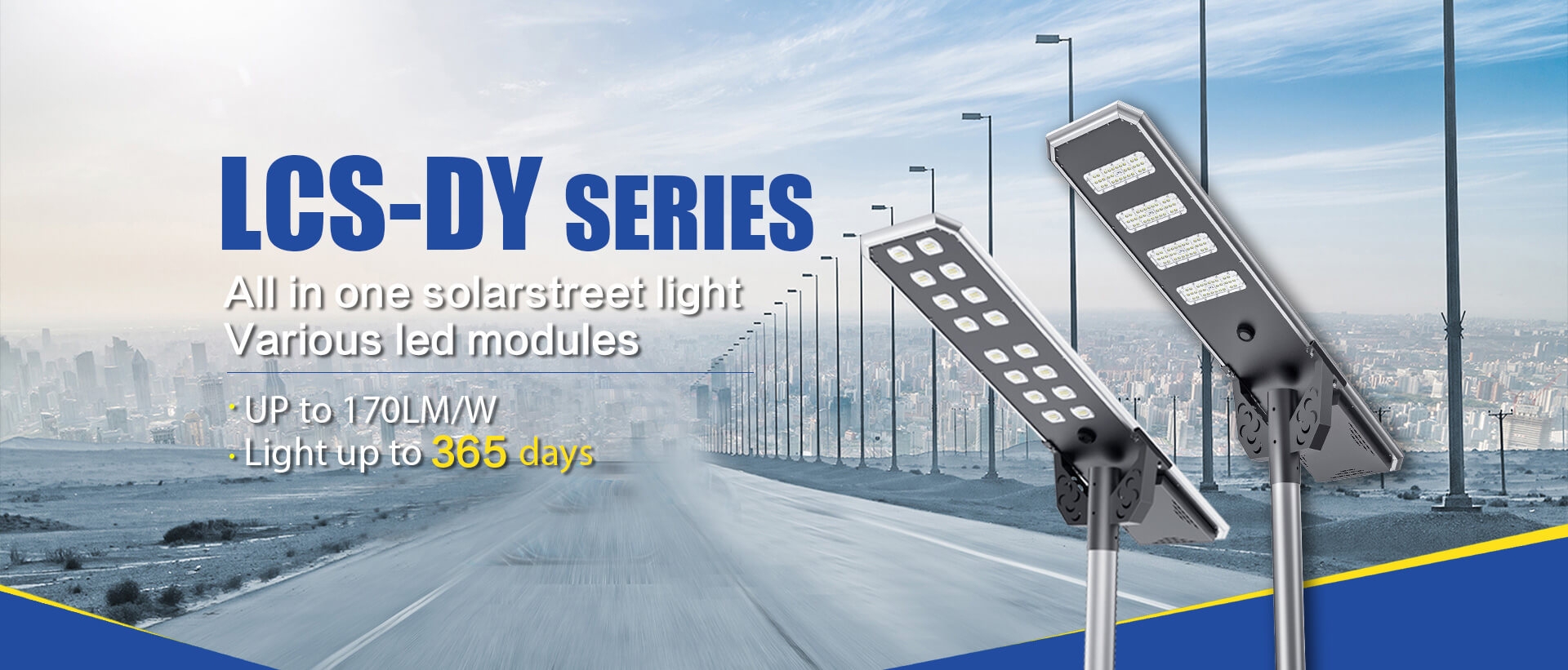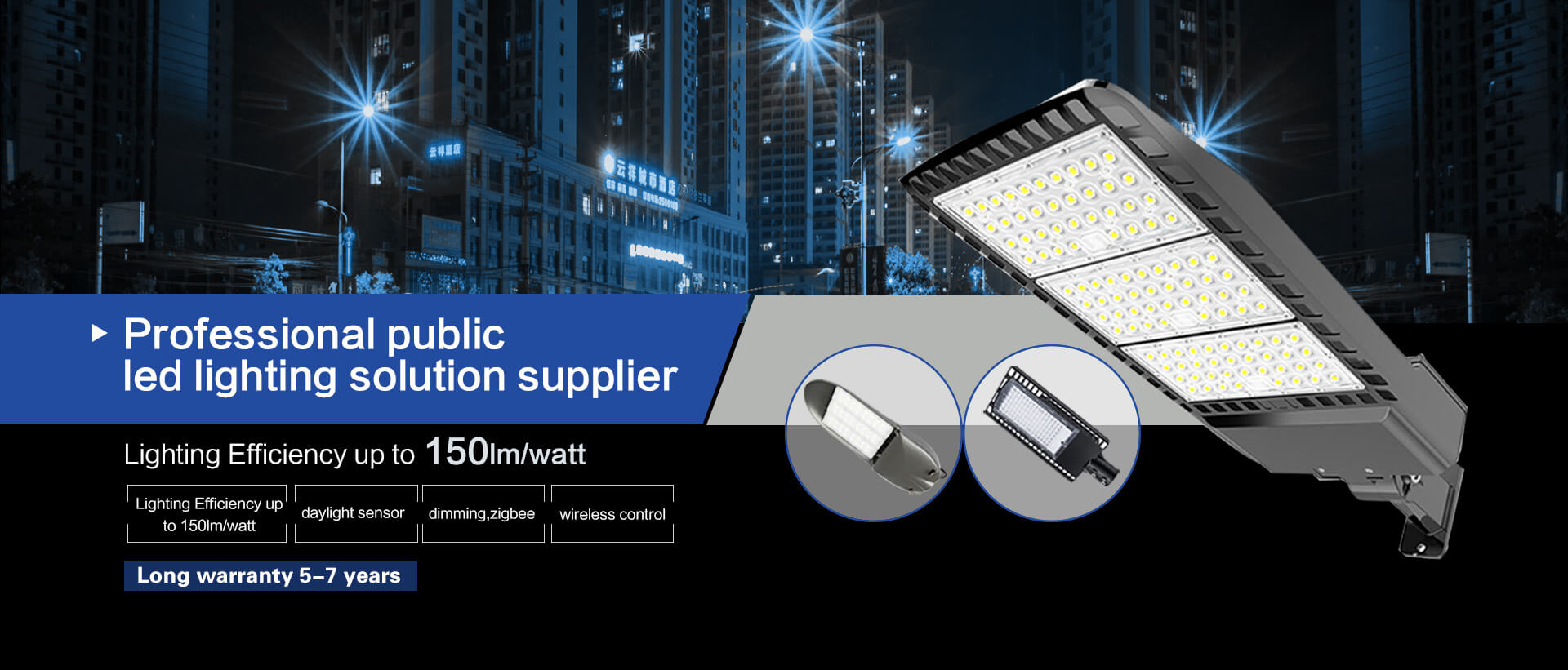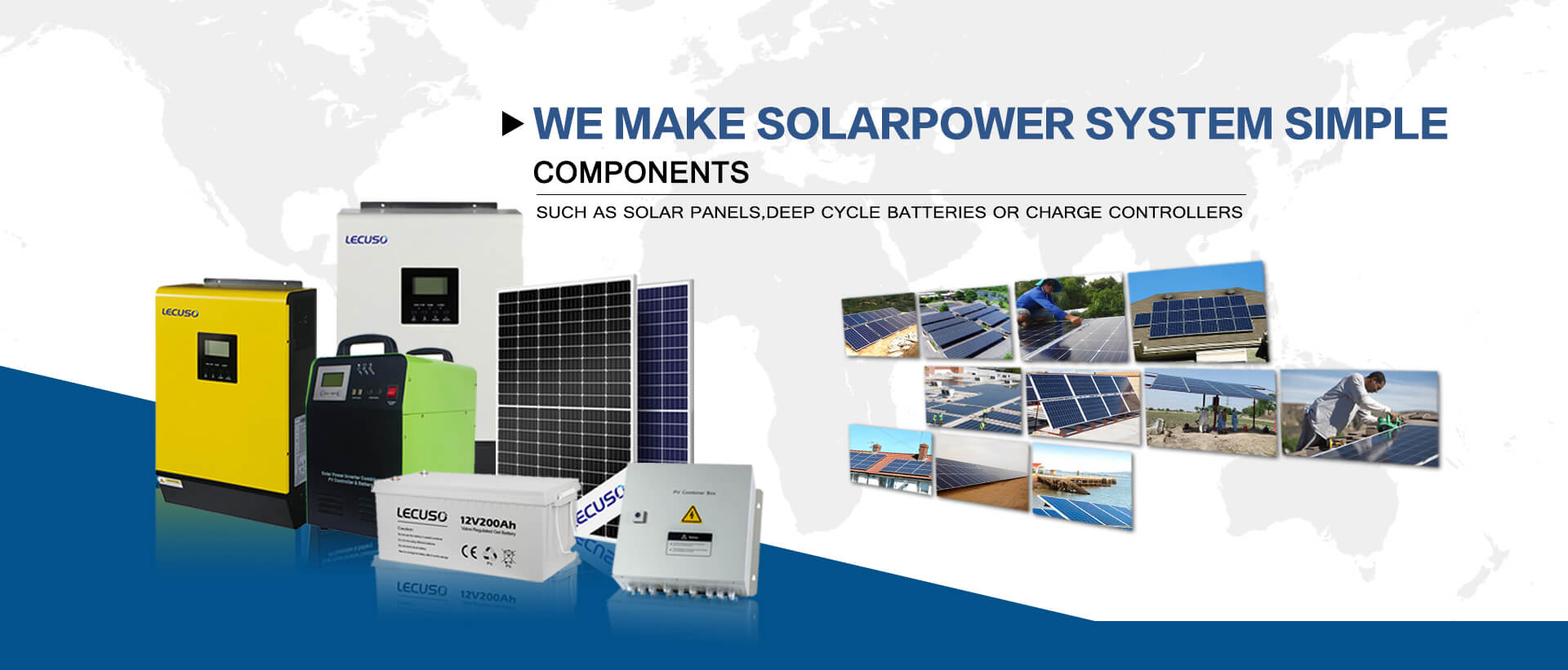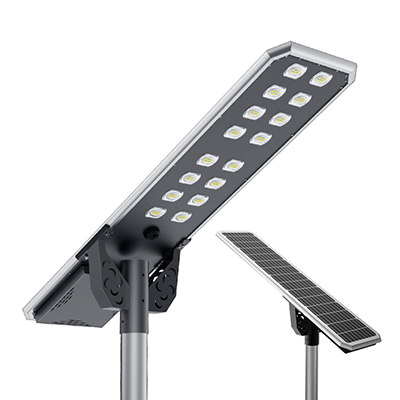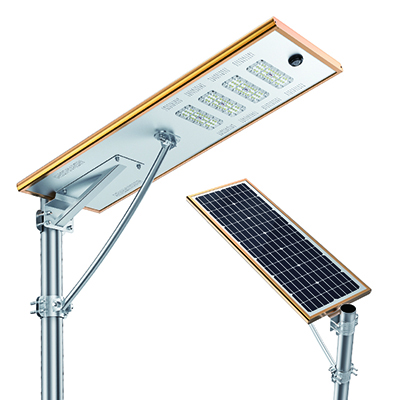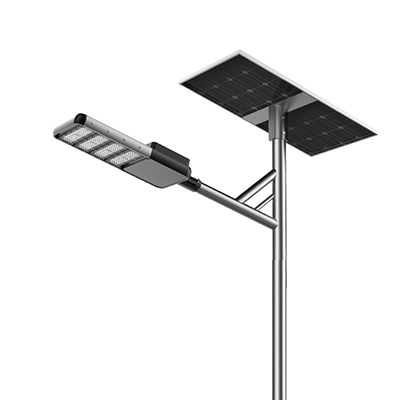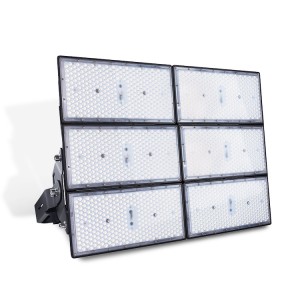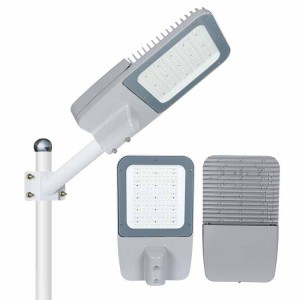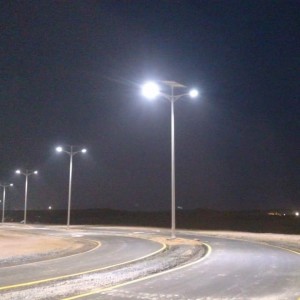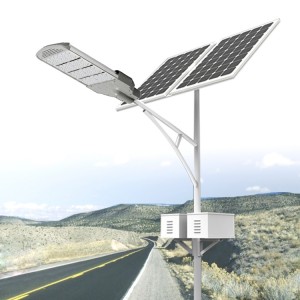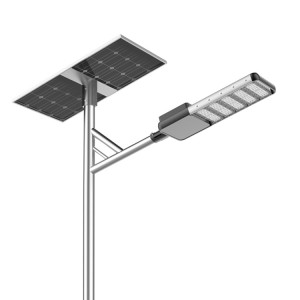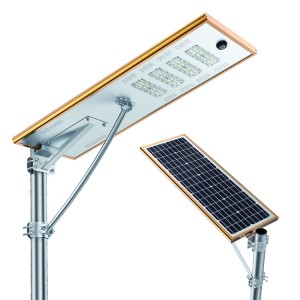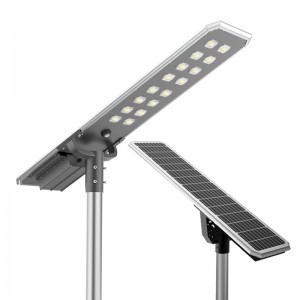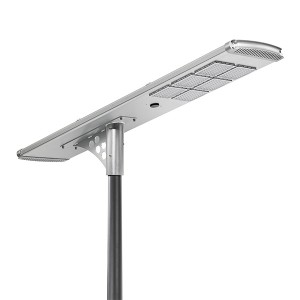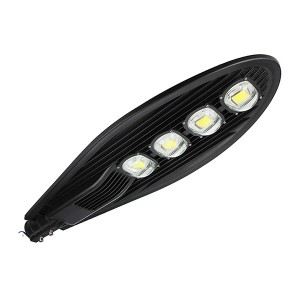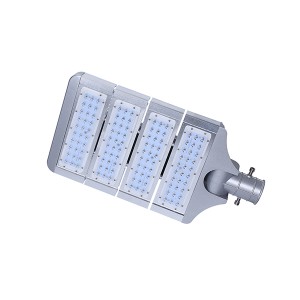Yangzhou Lecuso New Energy Co., Ltd. was founded in 2005. After years of hard work,the products are sold all over the world and cover an area of 8,000 square meters.
-
LED Flood light 200w- 2000w Outdoor Football Sp...
-
High brightness smd waterproof ip65 outdoor Alu...
-
10M 100W Super Bright 170LM/W Highwat Led Solar...
-
9M 80W High Brightness Solar Street Light
-
5Years Warranty 30W-120W Integrated All in one ...
-
30w-120w All In Two Solar Street Light
-
Economic 30W 60W 80W 100W 120W 150W Integrated ...
-
30w-120w All in one solar street light DY series
